10 Best Adventures of 1941
By:
January 31, 2016
Seventy-five years ago, the following 10 adventures — selected from my Best Nineteen-Teens Adventure list — were first serialized or published in book form. They’re my favorite adventures published that year.
In no particular order…
- Fletcher Pratt and L. Sprague de Camp’s fantasy adventure Land of Unreason. When Fred Barber, an American diplomat, is wounded during a WWII air raid in England, he is sent to recuperate at a country home in Yorkshire. There, on Midsummer’s Eve, he irreverently drinks a bowl of milk left as an offering for the fairies, substituting liquor in its place. Offended, the intoxicated fairies whisk Barber off to the illogical, ever-changing, Midsummer Night’s Dream-esque Land of Faerie. He is recruited by Titania and Oberon, who send him on a secret mission to the totalitarian Kobold Hills… where it is rumored that swords are being forged for war against the fairies (who cannot resist metal), and where an ancient enemy may have returned. Along the way, Barber encounters dryads and sprites, nympholepts and leprechauns, ogres, and a talking whirlwind. After undergoing a number of transformations, he begins to wonder who he really is… and so do we. Fun fact: First published in the October 1941 issue of the fantasy magazine Unknown Worlds. It was reissued by Ballantine Books’ Adult Fantasy series in 1970. Cover art shown here by the great illustrator Boris Artzybasheff.
- Frans G. Bengtsson’s atavistic adventure Röde Orm (Red Orm; commonly known as The Long Ships). A record of three voyages undertaken by the resourceful, antiheroic “Red Orm” Tosteson in the late 10th century. We first meet Orm as a youth, when he is abducted by Vikings. He and his crew-mates are captured by Andalusian Muslims, and serve as galley slaves in the Mediterranean. Returning finally to Denmark, Orm falls in love with King Harald’s daughter, Ylva. Later, after the reconquest of that part of England in which the laws of the Danes held sway, Orm marries Ylva and moves to Sweden. Having converted to Christianity (though he never entirely loses his pragmatic Norse paganism), in addition to raising a family Orm converts heathens. Some years later, he heads into what is now Russia in search of buried treasure. Told in the style of a Norse saga; that is to say, it’s violent, unsentimental, surprisingly funny. Fun facts: Published in two parts in 1941 and 1945; reissued not long ago by the New York Review of Books. Loosely adapted, by Jack Cardiff in 1964, as a Viking movie starring Richard Widmark. I am grateful to James Parker (who will retell Finland’s “Kalevala” epic at HILOBROW this year!), for having turned me on to this amazing book.
- Helen MacInnes’s espionage adventure Above Suspicion. In 1939, on the eve of a summer hiking jaunt in Germany and Austria, Oxford professor Richard Myles and his wife, Frances, are asked by a friend in British Intelligence to obtain information about a spy network. Although Europe is on the brink of war, the brave anti-fascist couple is eager to do their part. Trailed by Nazis wherever they go, Richard and Frances travel from one clandestine rendezvous to another, witnessing the rise of totalitarianism — and, in the end, fleeing for their lives. The author’s first novel, it’s considered exemplary because of MacInnes’s nuanced understanding of European history, politics, culture, and geography. Fun fact: MacInnes was married to a Classics scholar, who during WWII served as an MI6 British intelligence agent. The couple spoke fluent German and spent their summers travelling in Europe. Loosely adapted, in 1943, as a movie starring Joan Crawford and Fred MacMurray.
- Agatha Christie’s espionage adventure N or M?. During the Second World War, Agatha Christie’s detective duo Tommy and Tuppence — whom we first met in The Secret Adversary (1922), when they hung out a shingle as Young Adventurers — hunt for two of Hitler’s top secret spy agents in Britain. Their only clue is a message left by a dying British agent: “N or M. Song Susie.” At a seaside boarding house, where the (now middle-aged) married couple pretend to be strangers, they encounter a part-Spanish landlady, Mrs. Perenna, and her sulky daughter, Sheila; retired Major Bletchley; a young German refugee, Von Deinem; an elderly woman and her hypochondriac husband; and a devoted mother, Mrs. Sprot, with a lisping toddler, Betty? Who are the spies? And how does each one of these characters feel about the war? Fun fact: Tommy and Tuppence would return in By the Pricking of My Thumbs (1968), and Postern of Fate (1973). Did you know? British Military Intelligence investigated Christie, because of the “Bletchley” character; they were afraid that she had somehow learned of — and was making incautious reference to — England’s top-secret codebreaking center, Bletchley Park.
- Margery Allingham’s WWII espionage adventure Traitor’s Purse. A man wakes up in a hospital; overhearing a conversation, he learns that he has supposedly killed a policeman. Worse, he has lost his memory… he knows only that he must discover and prevent something terrible from happening. Fleeing the hospital in a stolen car, he encounters a woman who calls him “Campion” — aha! Our amnesiac hero, it seems, is an adventurer and detective we’ve met in ten previous Allingham novels, the first being The Crime at Black Dudley (1929). Campion is smuggled into a cavern complex overlooking the town he’s found himself in; something odd is afoot. In a nearby town, Campion encounters Lugg, a character whom the reader recognizes as Campion’s (ex-cat-burglar) assistant, but whom he does not recognize. Knocked out, while attempting to escape the police, he remembers that he is investigating counterfeit currency being given away to crooks. Why? Fun fact: Campion was invented, according to Allingham, as a parody of Dorothy L. Sayers’s Lord Peter Wimsey character. She wrote this particular novel in fragments in 1940, between air raids. In The Guardian, recently, A.S. Byatt called this her favorite detective story.
- Howard Fast’s Western/historical adventure The Last Frontier. Starving on their Oklahoma reservation, and resenting their lack of freedom, three hundred Cheyenne Indians break out and embark upon a thousand-mile trek back to their home in the Powder River area of Wyoming. Hounded by ten thousand U.S. troops, they do not surrender — even though their group only includes a few score able-bodied warriors — but continue to fight their way home, mile by mile. Run to ground in Nebraska, they still refuse to return to Oklahoma… and attempt to escape again. Half their number are killed, over the course of the story — and yet, in the end, they triumph. Fast was ahead of his time in presenting the plight of Native Americans, in an objective yet sympathetic way. Fun fact: Fast’s first bestseller, and one of his best books. Based on the 1878 Cheyenne Outbreak, the The Last Frontier was adapted by John Ford in 1964 as the movie Cheyenne Autumn.
- Hergé’s sea voyage/sci-fi Tintin adventure The Shooting Star (serialized, 1941–42; as a color album, 1942). In the opening pages of The Shooting Star, things are literally heating up: Car tires explode, rats flee the sewers, and Tintin’s dog Snowy gets stuck to the melting tarmac. It turns out that the heat is caused by the approach of a meteorite on a collision course with Earth. “Great heavens! But that’ll mean…” Tintin cries. “THE END OF THE WORLD, YES!” agrees an astronomer. Luckily, the experts have miscalculated. A fragment of the meteorite, which Professor Phostle has determined is made of a metal unknown to science, plunges into the Arctic Ocean — so Tintin and a crew of European scientists chase after it in Captain Haddock’s ship, the Aurora. Will they beat the competition (who’ll stop at nothing) to the meteorite? And once they find it, what weird properties will its alien metal reveal? Fun fact: Inspired, exegetes tend to suspect, by the Radium Age-era Jules Verne novel The Chase of the Golden Meteor (190). Serialized during the German occupation of Belgium; this, and the anti-Semitic portrayal of the villainous financier Bohlwinkel, have made The Shooting Star a controversial installment in the Tintin series.
- Fletcher Pratt and L. Sprague de Camp’s fantasy adventure Castle of Iron (serialized, 1941; in book form, 1950). The third and final installment in the Harold Shea series, about an intrepid crew of psychonauts who travel to parallel worlds where ancient myths and legends are reality. Here, Shea visits the world of Samuel Taylor Coleridge’s 1797/1816 poem fragment “Kubla Khan,” then the world of Ludovico Ariosto’s 1516/1532 epic poem, the Orlando Furioso. He is accompanied by his colleagues, Walter Bayard and Vaclav Polacek, as well as by — shades of similar figures in Jules Verne’s Around the World in Eighty Days or Alfred Jarry’s Exploits and Opinions of Dr. Faustroll, Pataphysician — a skeptical police officer. Shea, et al., must negotiate Carolingian politics, restore Shea’s wife’s sanity, transform Florimel, a human simulacrum made of snow, into a real person, and escape with their lives. Fun fact: Reissued, with The Roaring Trumpet and The Mathematics of Magic (both 1940), in 1975 as The Compleat Enchanter. Writing for HiLobrow, Tor Aarestad points out that De Camp and Pratt’s idea of an underlying logical structure to cultural and linguistic forms sounds like an iteration of Ferdinand de Saussure’s semiotics, which De Camp — who dabbled in anthropology and linguistics — might well have encountered.
- H.P. Lovecraft’s fantasy adventure The Case of Charles Dexter Ward. In 1918, Charles Dexter Ward, a young man from a prominent Rhode Island family disappears from a mental asylum; his doctor, Willett, investigates. It seems that, before he was locked up, Ward had become obsessed with an ancestor, Curwen, an 18th-century importer and alchemist. Was Curwen in reality a necromancer and murderer? Did he leave behind instructions on how he might be resurrected — and did Ward follow these instructions? What happened then? What drove Ward to behave in an anachronistic manner (which led to his being declared insane), and why did his appearance itself change? Worse, is there a conspiracy among necromancers to escape death, gain knowledge through occult means, and dominate humankind? Fun fact: Serialized in Weird Tales (May–July 1941). Writing for HiLobrow, John Hilgart persuasively suggests that “Lovecraft’s beloved objects and histories [i.e., Charles Dexter Ward’s ancestor’s old cupboard] became arcane and alien in his fiction, because he could not succeed in defending their affirmative significance.”
- Arthur Ransome’s Swallows and Amazons adventure Missee Lee. The tenth installment in the Swallows and Amazons series is an oddity. It is set not among farmers, charcoal-burners, and fishermen in England’s bucolic Lake District, but among dangerous pirates in the South China Sea. In fact, exegetes consider this a meta-fiction: Although we’re not told so explicitly, that is to say, Missee Lee is most likely a story (told, presumably, by one of the characters — Titty?) within a story. Still, it’s an exciting adventure — along the lines of Milton Caniff’s long-running comic strip Terry and the Pirates. When their schooner burns, while the Swallows and Amazons are touring the Chinese coast with Captain Flint, they are picked up by pirates. The pirate’s leader, Missee Lee, is a Cambridge-educated scholar… who insists upon giving them Latin lessons! Fun fact: The ching-chong dialect of the Chinese characters, including Missee Lee, is offensive. However, it’s worth suggesting that if this is indeed a story told by one of the characters, then it is that character, as opposed to Ransome, who is to blame.
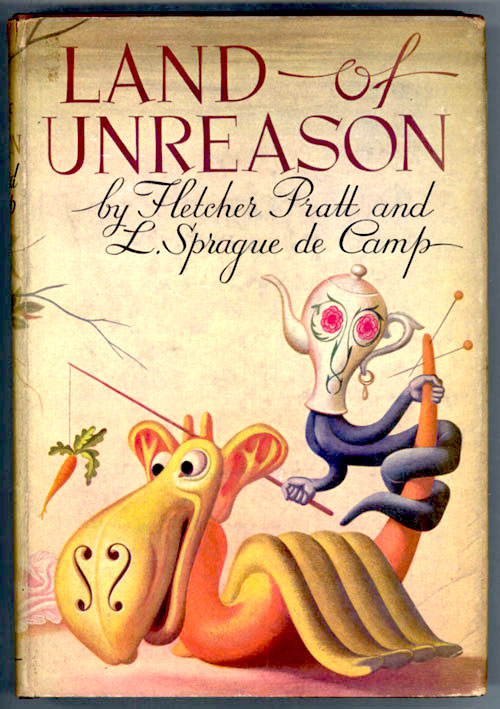
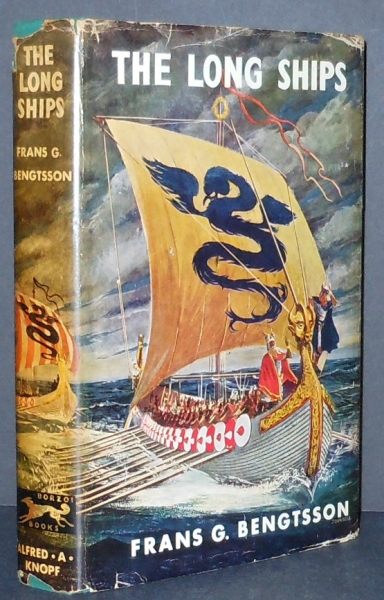
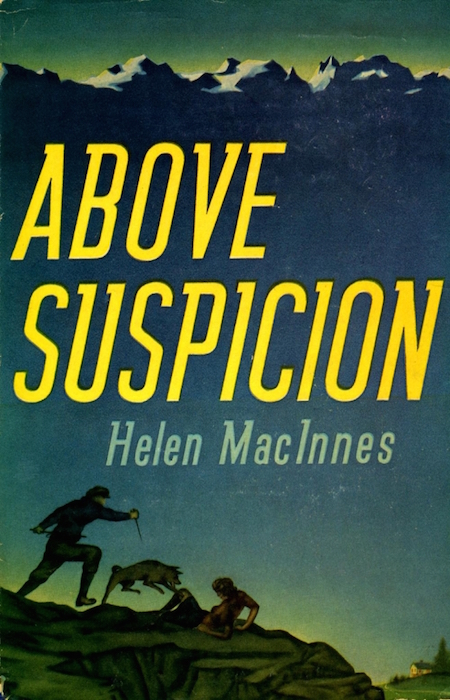
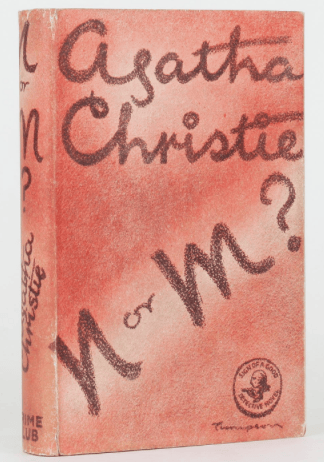
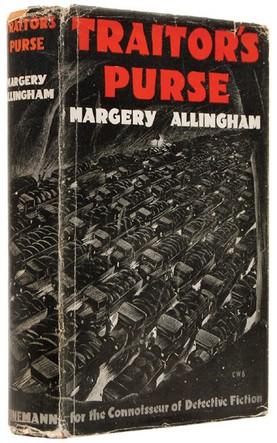
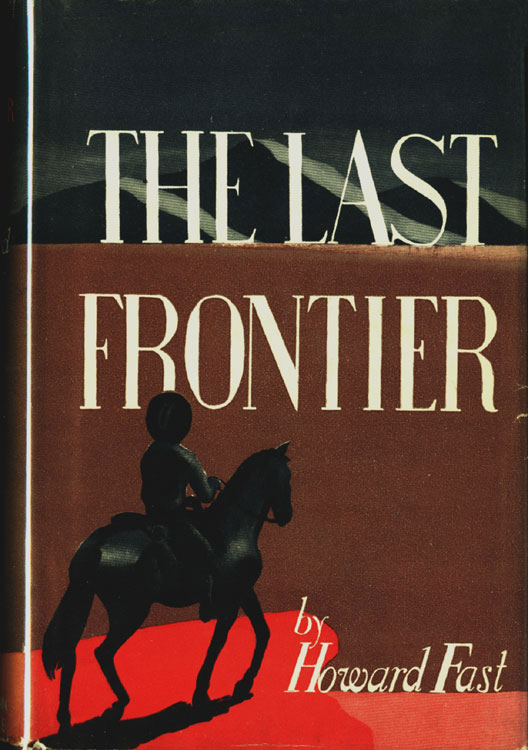
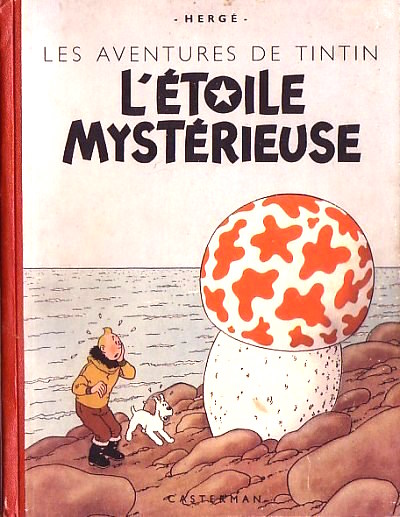
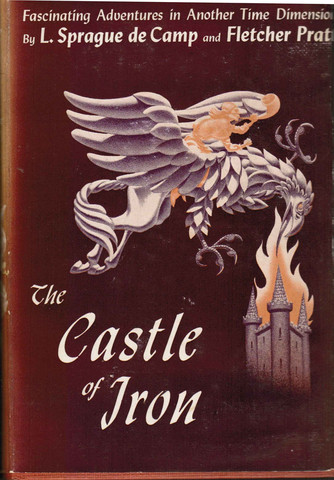
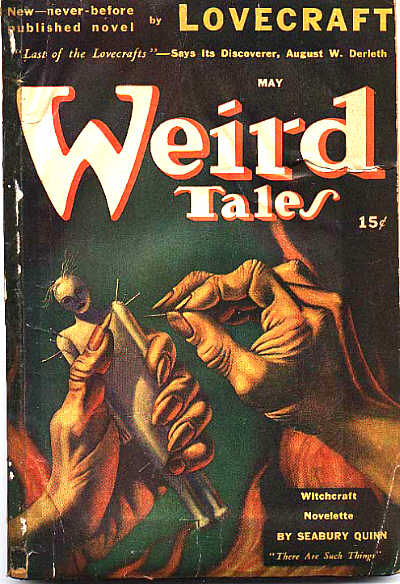
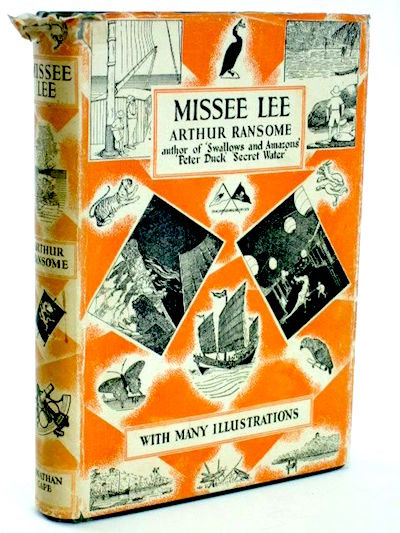
Let me know if I’ve missed any 1941 adventures that you particularly admire.
JOSH GLENN’S *BEST ADVENTURES* LISTS: BEST 250 ADVENTURES OF THE 20TH CENTURY | 100 BEST OUGHTS ADVENTURES | 100 BEST RADIUM AGE (PROTO-)SCI-FI ADVENTURES | 100 BEST TEENS ADVENTURES | 100 BEST TWENTIES ADVENTURES | 100 BEST THIRTIES ADVENTURES | 75 BEST GOLDEN AGE SCI-FI ADVENTURES | 100 BEST FORTIES ADVENTURES | 100 BEST FIFTIES ADVENTURES | 100 BEST SIXTIES ADVENTURES | 75 BEST NEW WAVE SCI FI ADVENTURES | 100 BEST SEVENTIES ADVENTURES | 100 BEST EIGHTIES ADVENTURES | 75 BEST DIAMOND AGE SCI-FI ADVENTURES | 100 BEST NINETIES ADVENTURES (in progress) | 1994 | 1995 | 1996 | 1997 | 1998 | 1999 | 2000 | 2001 | 2002 | 2003 | NOTES ON 21st-CENTURY ADVENTURES.
